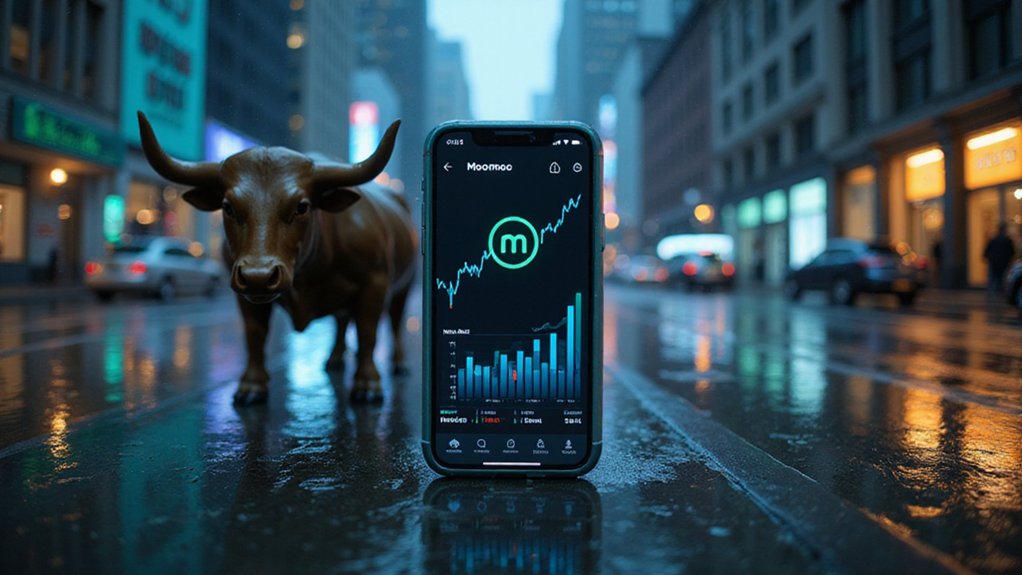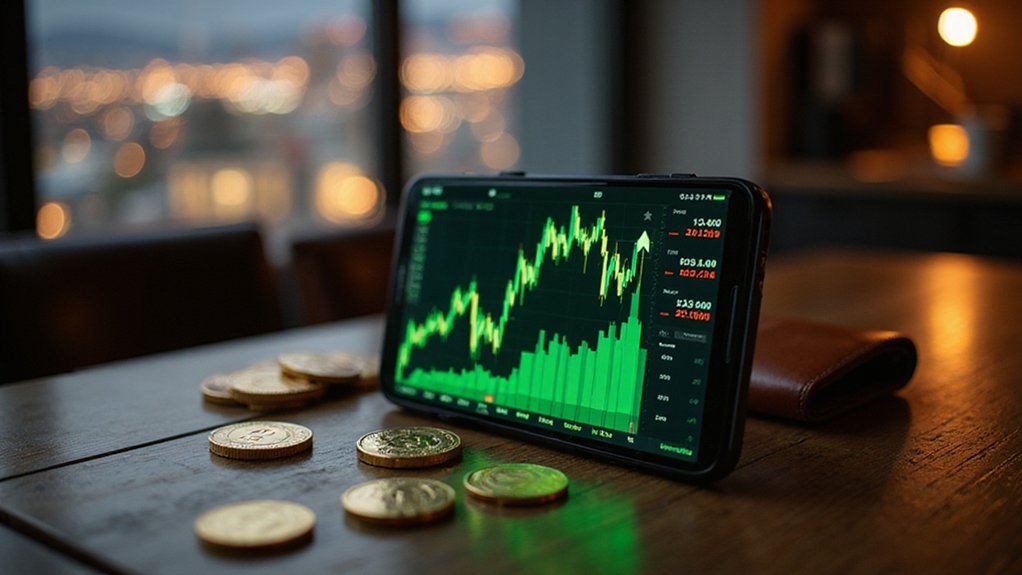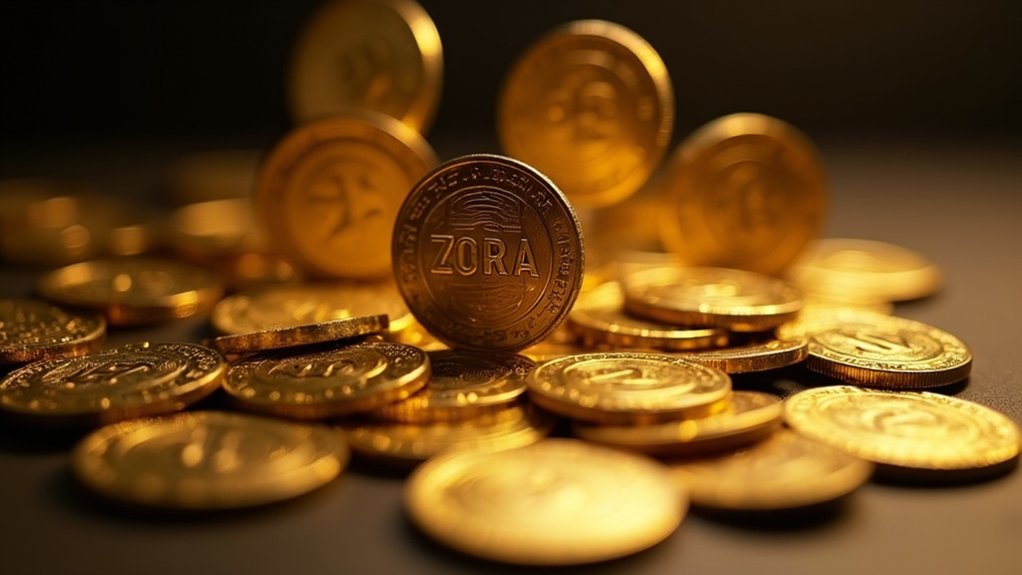A titan in the digital asset arena, Coinbase has emerged as a pivotal player in the ongoing cryptocurrency frenzy, wielding considerable influence as the second-largest centralized exchange with a 7.76% share of the global market. With a market capitalization hovering around $50.8 billion, the company’s financial trajectory—including its recent addition to the S&P 500—offers a fascinating barometer for the industry’s volatile undulations.
Despite its impressive Q1 2025 performance (exceeding analyst expectations), Coinbase shares experienced a 17% decline through mid-May—a reminder that even crypto royalty isn’t immune to market vicissitudes. The recent announcement of Coinbase replacing Discover Financial Services in the S&P 500 has sparked significant investor interest, causing shares to jump more than 9% in after-hours trading on Monday. The company operates within an increasingly competitive landscape where Binance maintains dominance with a formidable 38% share of spot trading volume, while upstarts like Gate.io and Bitget steadily encroach upon established territory.
The centralized nature of Coinbase’s operations presents an intriguing paradox: a company facilitating access to decentralized assets while maintaining traditional corporate structures and regulatory compliance. This tension between revolutionary financial instruments and conventional oversight may explain why decentralized exchanges are projected to grow at a CAGR of 26.37% through 2029—potentially outpacing their centralized counterparts. The stock experiences significant volatility with prices fluctuating around $200, reflecting the broader uncertainty in cryptocurrency markets. The global cryptocurrency exchange market is expected to reach an impressive $71.94 billion by 2029, demonstrating the massive growth potential in this sector.
The paradoxical reality of centralized gatekeepers shepherding decentralized assets may ultimately prove unsustainable in cryptocurrency’s evolving landscape.
Coinbase’s contribution to market dynamics extends beyond mere transaction facilitation. By integrating new cryptocurrencies and financial products, the exchange effectively bestows legitimacy upon emerging assets, sometimes triggering significant market movements upon listing announcements. This kingmaker role raises questions about market efficiency and information asymmetry.
The concentration of market power—with the top ten exchanges controlling over 35% of the ecosystem—creates structural vulnerabilities that contradict cryptocurrency’s decentralization ethos. Investors might ponder whether their pursuit of digital asset exposure through platforms like Coinbase represents genuine financial innovation or merely recapitulates traditional market hierarchies in digital form.
As emerging markets and digital payment solutions continue driving industry growth, Coinbase’s strategic positioning remains vital. Yet the persistent regulatory uncertainties and inherent market volatility suggest that investors should approach with clear-eyed skepticism rather than unbridled enthusiasm.









